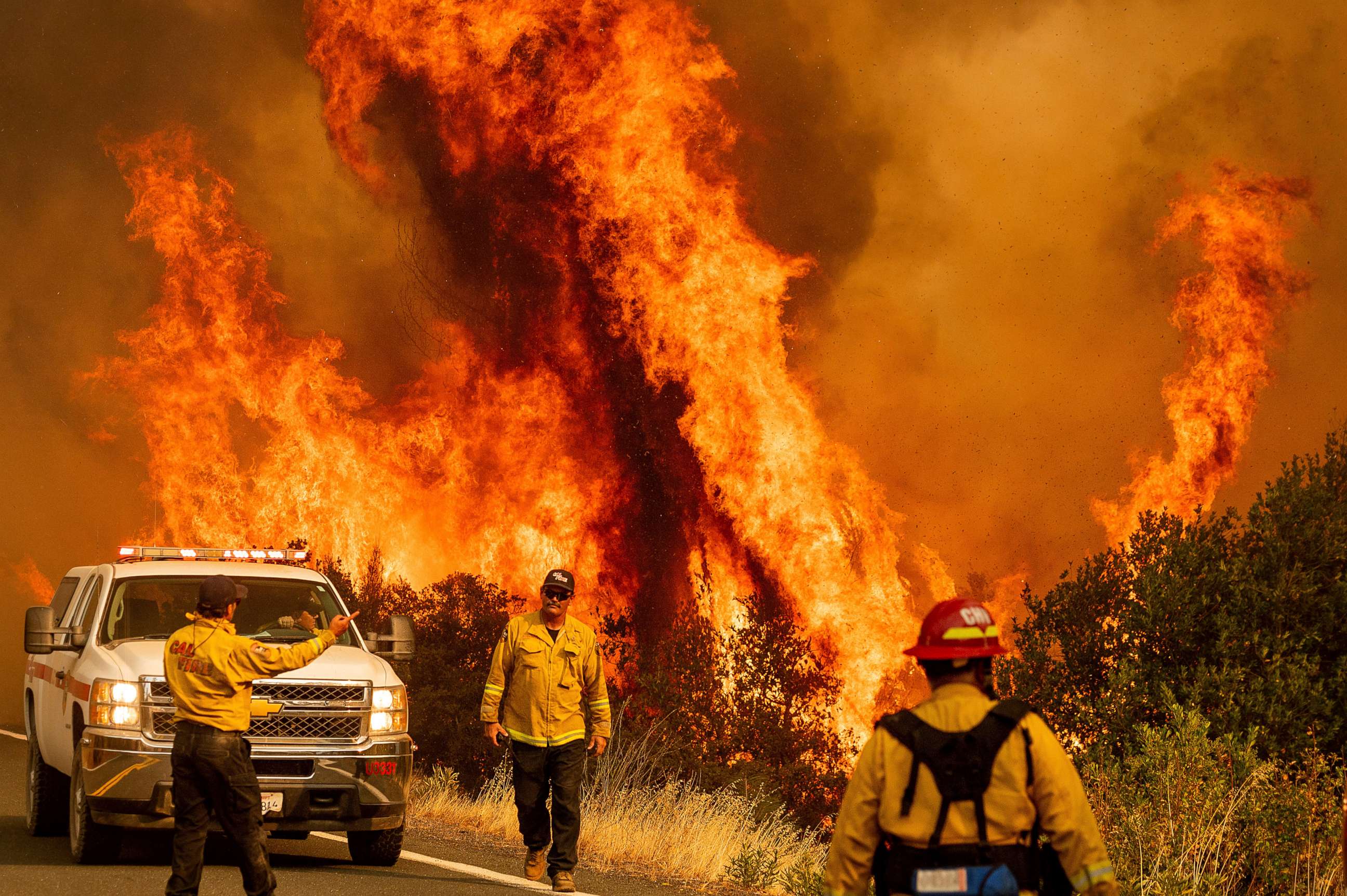Wildfires and Climate Change in the Iberian Peninsula
This study looked at the fire conducive weather conditions in the weeks leading up to the outbreak of these massive wildfires across the Iberian Peninsula. So, we know that it's been very hot in this area across the whole of Spain and Portugal for the summer, but in particular, AET have said that this coincided with the hottest 10-day period or the most intense 10-day heat wave that Spain has ever seen and also the longest period of heatwave conditions, which was 16 days of heatwave conditions.

Wildfire burning through dry vegetation in Spain
And those really high temperatures are really what's driven these fires. They've dried out the vegetation and they've made it really kind of tinderbox conditions for these wildfires to take hold.
And what our study has found is actually these kind of temperatures and these kind of fire weather conditions are not that unusual in the current climate. We would expect to see similar conditions, similar fire weather conditions maybe once every 15 years at the moment. But without climate change, without human-caused climate change, these conditions would have been really unusual.

Dry landscape contributing to fire-prone conditions
Combined fire conditions, including the low rainfall, the high temperatures, the low humidity, and the wind. We use a kind of compound index that captures all of those factors over the last couple of months and weeks and days. That's what this daily severity rating is.
Those levels of fire severity that we're seeing are now about 40 times more likely than they would have been without human cause climate change. But the high temperatures that we're seeing are actually more unusual. They're not more unusual they've been made much more likely by climate change. So the temperatures are also we found about a one in 13-year event but without climate change they would have been really really rare to be that hot for 10 days in a row would have been maybe 200 times less likely in a pre-industrial climate without human-caused warming.

Scorching heatwave conditions fueling wildfires
Additional Insights from Recent Research
Recent research by the World Weather Attribution (WWA) group has further highlighted the severity of the 2025 wildfire season in the Iberian Peninsula. The fires, which scorched over 380,000 hectares in Spain and 280,000 hectares in Portugal, accounted for two-thirds of the total burned area in Europe this year, marking the worst wildfire season since records began in 2006. The extreme heatwave in August, with temperatures exceeding 40°C (104°F) in many areas, was made 200 times more likely and 3°C hotter due to human-caused climate change. This heatwave, described as Spain’s most intense on record, led to over 1,100 deaths and forced the evacuation of more than 36,000 people.
The WWA analysis also noted that rural depopulation and reduced forest management have exacerbated the fire risk. Abandoned agricultural lands and declining grazing have led to denser vegetation, creating "dense fuel loads" that make fires harder to control. These conditions, combined with climate-driven extreme weather, have made wildfires more intense and frequent. Researchers emphasize that adaptation measures, such as better vegetation management and fire prevention strategies, are not keeping pace with the rapidly changing climate.
Clair Barnes, a researcher at Imperial College London, described the scale of the fires as "astonishing," noting that they are a sign of what is to come as global warming continues. The study underscores the urgent need to reduce greenhouse gas emissions and improve land management to mitigate future wildfire risks.

Firefighters working to control a wildfire in Portugal


0 Comments